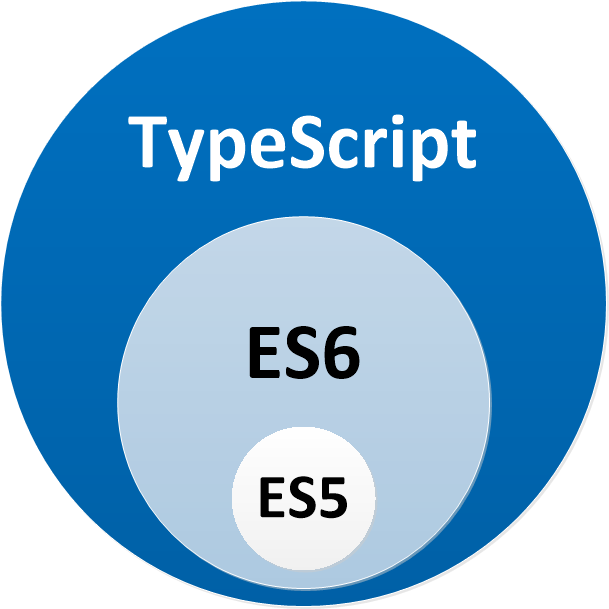本小节我们介绍如何使用 VueRouter 命名路由。包括如何定义命名路由、如何使用路由名实现路由跳转。本节的学习内容相对简单,相信同学们看完本小节,并对小节中的案例自己实现一遍就可以熟练掌握了。
在之前的小节中,我们学习了如何定义一个路由:
const router = new VueRouter({
routes: [
{
path: '/user',
component: '[component-name]'
}
]
})
route 对象中有两个属性。path 表示路由地址,component 表示路由显示的组件。我们可以在 route 对象中添加一个 name 属性用来给路由指定一个名字:
const router = new VueRouter({
routes: [
{
path: '/user',
name: 'user',
component: '[component-name]'
}
]
})
<router-link> 跳转命名路由在之前的小节中,我们学习了使用 <router-link to="path">...</router-link> 的方式来实现路由跳转。实际上 router-link 的 to 属性可以接收一个对象:
<router-link :to="{path: 'path'}">...</router-link>
让我们来看一个简单的示例:
<!DOCTYPE html>
<html lang="en">
<head>
<meta charset="UTF-8">
<meta name="viewport" content="width=device-width, initial-scale=1.0">
<meta http-equiv="X-UA-Compatible" content="ie=edge">
<title>Document</title>
</head>
<body>
<div id="app">
<div>
<router-link :to="{path: '/index'}">首页</router-link>
<router-link to="/article">文章</router-link>
</div>
<router-view></router-view>
</div>
</body>
<script src="https://unpkg.com/vue/dist/vue.js"></script>
<script src="https://unpkg.com/vue-router/dist/vue-router.js"></script>
<script type="text/javascript"> const Index = Vue.component('index', { template: '<div>Hello,欢迎使用xx网学习 Vue 教程!</div>', }) const Article = Vue.component('myArticle', { template: `<ul><li>1. Vue 计算属性的学习</li><li>2. React 基础学习</li></ul>`, }) const routes = [ { path: '/index', component: Index }, { path: '/article', component: Article } ] const router = new VueRouter({ routes: routes }) var vm = new Vue({ el: '#app', router: router, data() { return {} } }) </script>
</html>
代码解释:
HTML 代码第 12 行,我们定义了首页跳转链接,通过对象的形式给属性 to 赋值。
HTML 代码第 13 行,我们定义了文章跳转链接,通过字符串的形式给属性 to 赋值。
HTML 代码第 15 行,我们使用 <router-view></router-view> 组件来渲染匹配组件。
JS 代码第 5-7 行,我们定义了组件 Index。
JS 代码第 9-11 行,我们定义了组件 Article。
JS 代码第 13-16 行,我们定义了路由数组:
- 1. 首页路由,地址为 ‘/index’,匹配组件 Index。
- 2. 文章路由,地址为 ‘/article’,匹配组件 Article。
JS 代码第 18-20 行,创建 router 实例,然后传 routes 配置。
JS 代码第 24 行,通过 router 配置参数注入路由。
除了通过 path 可以链接到路由外,还可以通过路由 name 实现链接跳转:
`<router-link :to="{name: 'name'}">...</router-link>`
<!DOCTYPE html>
<html lang="en">
<head>
<meta charset="UTF-8">
<meta name="viewport" content="width=device-width, initial-scale=1.0">
<meta http-equiv="X-UA-Compatible" content="ie=edge">
<title>Document</title>
</head>
<body>
<div id="app">
<div>
<router-link :to="{name: 'index'}">首页</router-link>
<router-link :to="{name: 'article'}">文章</router-link>
</div>
<router-view></router-view>
</div>
</body>
<script src="https://unpkg.com/vue/dist/vue.js"></script>
<script src="https://unpkg.com/vue-router/dist/vue-router.js"></script>
<script type="text/javascript"> const Index = Vue.component('index', { template: '<div>Hello,欢迎使用xx网学习 Vue 教程!</div>', }) const Article = Vue.component('myArticle', { template: `<ul><li>1. Vue 计算属性的学习</li><li>2. React 基础学习</li></ul>`, }) const routes = [ { path: '/index', name: 'index', component: Index }, { path: '/article', name: 'article', component: Article } ] const router = new VueRouter({ routes: routes }) var vm = new Vue({ el: '#app', router: router, data() { return {} } }) </script>
</html>
代码解释:
HTML 代码第 12-13 行,我们定义了两个跳转链接,通过对象的形式给属性 to 赋值,跳转指定 name 的路由。
HTML 代码第 15 行,我们使用 <router-view></router-view> 组件来渲染匹配组件。
JS 代码第 5-7 行,我们定义了组件 Index。
JS 代码第 9-11 行,我们定义了组件 Article。
JS 代码第 13-16 行,我们定义了路由数组:
JS 代码第 18-20 行,创建 router 实例,然后传 routes 配置。
JS 代码第 24 行,通过 router 配置参数注入路由。
在之前的小节中,我们学习了如何使用 $router 实例来实现编程式的导航。我们也可以使用 $router 实例跳转指定名字的路由地址:
<!DOCTYPE html>
<html lang="en">
<head>
<meta charset="UTF-8">
<meta name="viewport" content="width=device-width, initial-scale=1.0">
<meta http-equiv="X-UA-Compatible" content="ie=edge">
<title>Document</title>
</head>
<body>
<div id="app">
<div>
<button @click="jump('index')">首页</button>
<button @click="jump('article')">文章</button>
</div>
<router-view></router-view>
</div>
</body>
<script src="https://unpkg.com/vue/dist/vue.js"></script>
<script src="https://unpkg.com/vue-router/dist/vue-router.js"></script>
<script type="text/javascript"> const Index = Vue.component('index', { template: '<div>Hello,欢迎使用xx网学习 Vue 教程!</div>', }) const Article = Vue.component('myArticle', { template: `<ul><li>1. Vue 计算属性的学习</li><li>2. Vue 侦听器的学习</li></ul>`, }) const routes = [ { path: '/index', name: 'index', component: Index }, { path: '/article', name: 'article' , component: Article } ] const router = new VueRouter({ routes: routes }) var vm = new Vue({ el: '#app', router, data() { return {} }, methods: { jump(name) { this.$router.push({ name: name }) } } }) </script>
</html>
代码解释:
HTML 代码第 12-13 行,我们定义了两个按钮,并给他们点击事件 jump。
HTML 代码第 15 行,我们使用 <router-view></router-view> 组件来渲染匹配组件。
JS 代码第 5-7 行,我们定义了组件 Index。
JS 代码第 9-11 行,我们定义了组件 Article。
JS 代码第 13-16 行,我们定义了路由数组:
1. 首页路由,地址为 ‘/index’,匹配组件 Index。
2. 文章路由,地址为 ‘/article’,匹配组件 Article。
JS 代码第 18-20 行,创建 router 实例,然后传 routes 配置。
JS 代码第 24 行,通过 router 配置参数注入路由。
JS 代码第 29-31 行,我们定义来 jump 函数,通过 router.push 实现路由跳转。
本节,我们带大家学习了 VueRouter 命名路由的使用方法。主要知识点有以下几点:
<router-link> 跳转指定名称的路由地址。0/1000

































